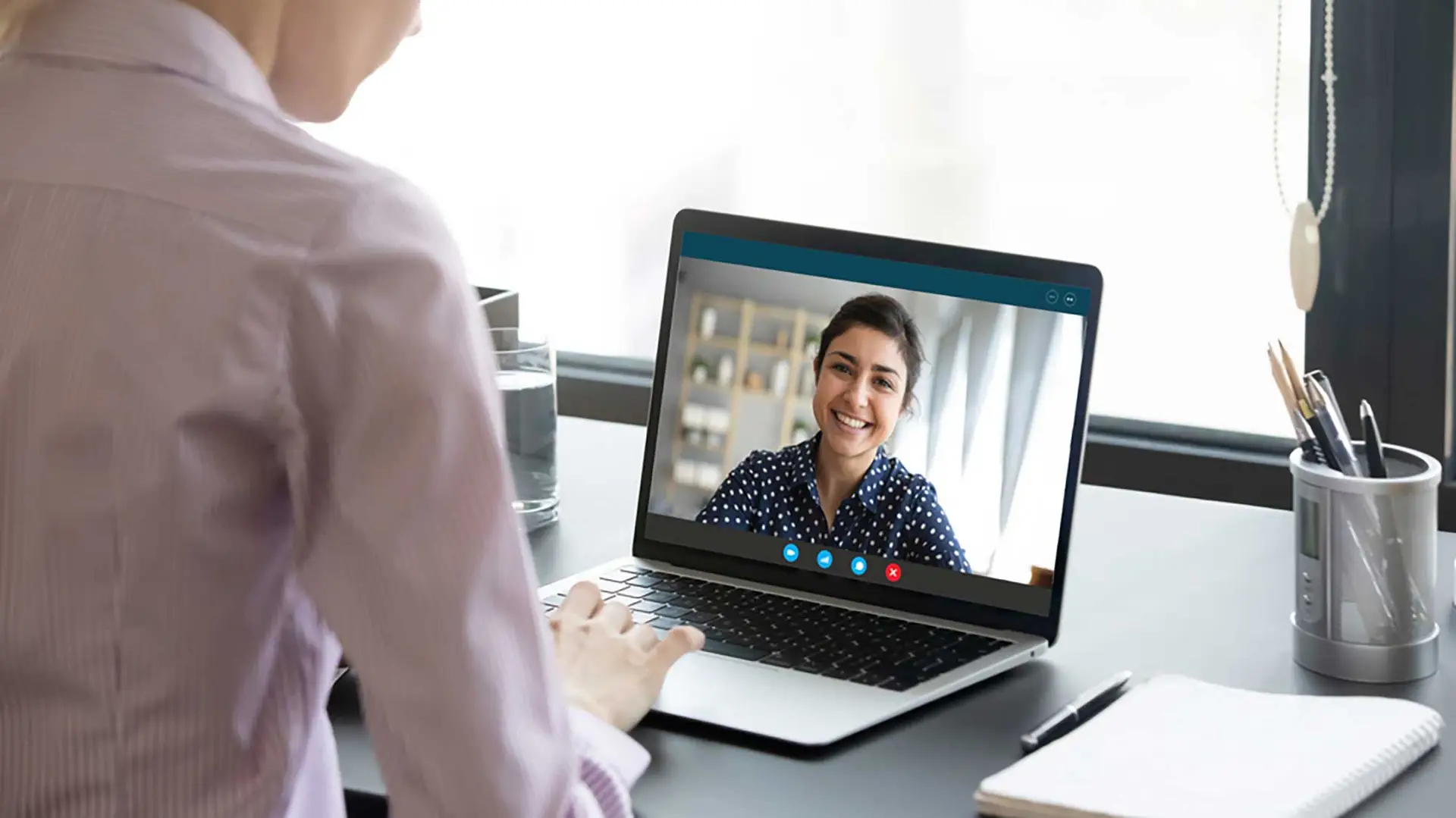In 2022, telehealth for mental and emotional health care became the most common type of telehealth being practiced in the United States. While telehealth is now common, practical, and widely accepted, it may be a new experience for you. If technology feels intimidating or if you don’t have much experience using web conferencing, preparation can be very helpful. For experts and those new to telehealth, here are a few tips to keep in mind to prepare for a positive experience.
Prepare Yourself Before a Telehealth Therapy Session
- Treat a telehealth session like an office session by reserving the time for yourself.
- Prepare your body by planning meals and restroom use before the session.
- Avoid multitasking during a telehealth session by refraining from other distractions, such as household chores, watching television, preparing meals, or smoking.
Prepare Your Space Before a Telehealth Therapy Session
- Locate yourself in a quiet space where you won’t be overheard or disturbed. This may be in a bedroom, a private office, a parked car, or a walk-in closet.
- If you live with others, request that they do not disturb you during your session.
- To reduce roommates or family members from overhearing your session, consider placing a white noise machine, a fan, or a music speaker outside the room you are utilizing for the session.
- Bring comfort items, such as water or a beverage, and tissues.
- Some clients like to take notes for themselves in sessions. You might want to have easy access to a journal or paper and a pen.
Prepare Your Technology Before a Telehealth Therapy Session
- Test that your device has a working camera and microphone, whether that is your computer, laptop, tablet, or smartphone. For EMDR eye movements, a screen that is 20” diagonal or larger is best.
- Set up your device where you can sit comfortably without having to hold or move your device.
- Set up where a light source is in front of you, not behind you. Being backlit typically results in you being in shadows, and your therapist will not be able to see you. A light source may be a window, a lamp, a ring light, or a light built in your web camera.
- Ensure your speakers and microphone are not directly next to each other to avoid audio feedback noise or use headphones.
- Headphones or earbuds with a microphone can be helpful to improve sound quality and maintain privacy.
- Ensure your device is either plugged into a power source or has a full battery.
- Check your internet connection in your preferred space.
- You can test your internet performance speed at Speedtest.net. Download speeds of 30 or more, and upload speeds of 8 or more, with low latency scores, provide better synchronization of web conferencing video.
- Closing other tabs, windows, or applications on your device can improve the speed performance.
- Clearing browser history, cache, and cookies can increase your device’s performance.
- Request that others refrain from stressing the Wi-Fi system and delay tasks such as large downloads or streaming so that your internet connection is not slowed.
- Check that your device has the latest version of the web conferencing software by either opening the program in your browser or your app store.
- Another way to test your software is to follow the link emailed to you for that session. Zoom web conferencing links are typically emailed at least one day prior to the scheduled session. You can follow the link before the session to test for the latest software updates.
Prepare to Communicate During a Telehealth Therapy Session
- Speak clearly without breathing directly into the microphone.
- Make eye contact with the camera to look at the therapist, but don’t worry too much about where you look.
- If you are bothered, distracted, or self-conscious about seeing yourself on the screen, place a small piece of paper over that part of the screen. A sticky note can work well.
- Have your silenced phone handy. In the event of an unforeseen technological hiccup, or an unexpected disconnection, your therapist will reach out to you by phone or text, even if it is at the end of the session time.


